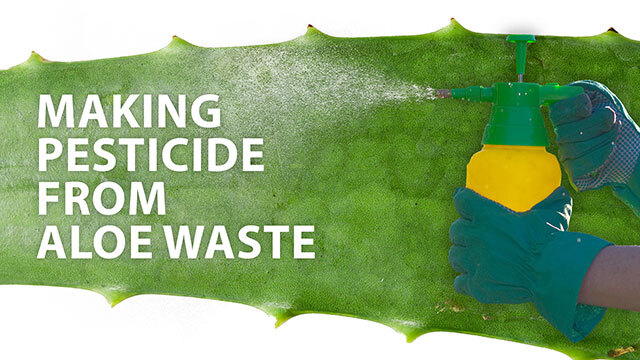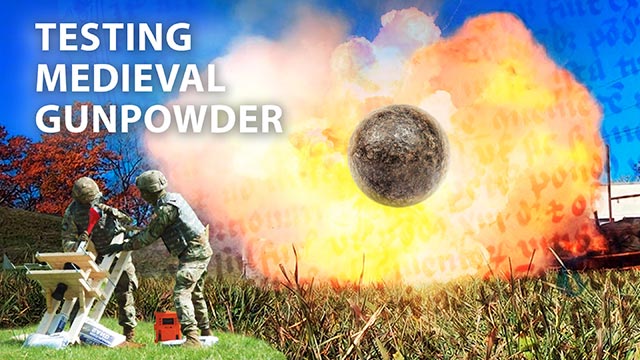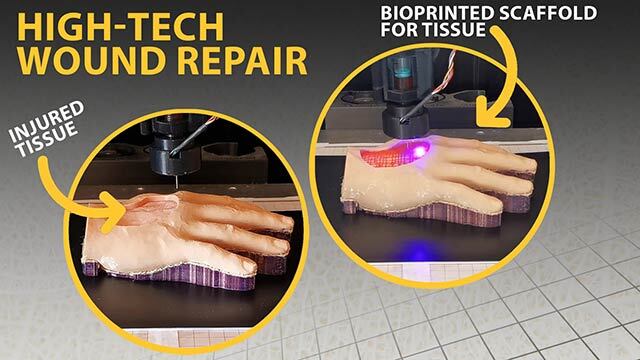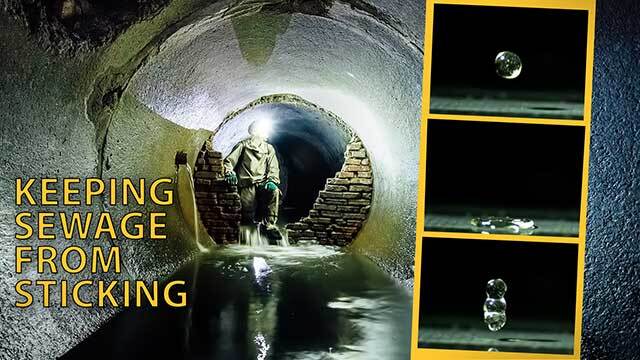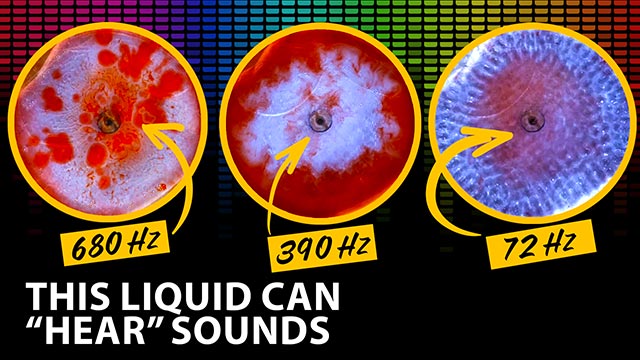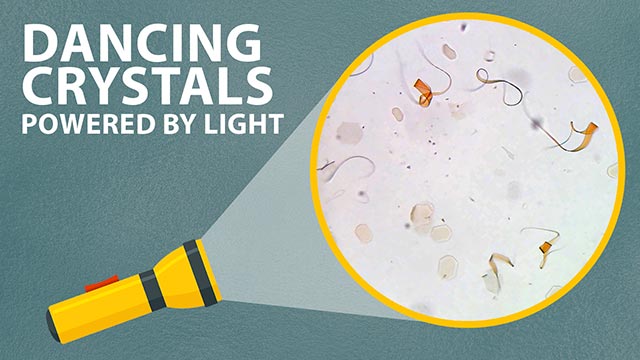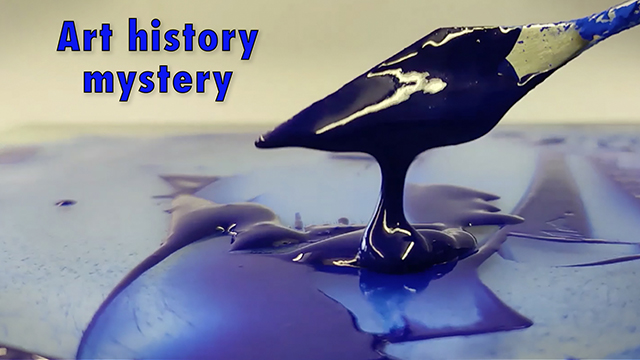Researchers discovered a rare kind of protein modification in the slime of velvet worms, a finding that could one day help scientists make plastics and glues more recyclable. Velvet worms shoot sticky jets of slime to defend themselves and capture prey. The slime quickly dries into strong fibers that can be dissolved in water and remade into new fibers. Scientists knew that the slime contained high levels of phosphorus. Previously, they assumed the phosphorus was attached to the proteins as part of a phosphate group, which is common in animals. But the researchers were surprised when their experiments revealed something different.
Fun fact: Despite their name, velvet worms are technically not worms! They are actually arthropods and closely related to tardigrades.
Source Article
“Peculiar Phosphonate Modifications of Velvet Worm Slime Revealed by Advanced Nuclear Magnetic Resonance and Mass Spectrometry”
Journal of the American Chemical Society
Corresponding authors: Isabelle Marcotte, Ph.D. and Matthew J. Harrington, Ph.D.
Transcript
This soft and velvety creature possesses a unique weapon. Velvet worms defend themselves and catch their prey by spraying out sticky slime that quickly hardens into strong threads. Solving the mystery of how velvet worm slime works could help scientists design better plastics and glues. And chemists just added a new piece to the puzzle.
Velvet worm slime has some unique properties. The dried fibers can be as stiff as nylon, a popular synthetic polymer. The threads form instantly as the prey pulls to escape, and they actually grow even stronger as the prey pulls harder. But unlike nylon and most synthetic polymers, the fibers made by velvet worms can dissolve in water and be remade into new fibers. That means velvet worm slime could hold a key to making plastics and glues easier to recycle and be more sustainable.
Researchers knew that the slime contains large protein molecules and high levels of the element phosphorus. They collected slime from two distantly related species of velvet worm and probed how phosphorus fit into the slimy formula. Previously, scientists assumed the phosphorus was attached to the proteins as part of what chemists call a phosphate group, where it is surrounded by oxygen atoms. These groups are involved in important cellular operations, and it's common to find them in animals. But the researchers were surprised when their experiments revealed something different.
Instead of phosphate groups, they found lots of phosphoNATE groups, where the phosphorous bonds directly to a carbon atom instead of oxygen. And they found that sugar molecules link each phosphonate group to its protein. This kind of protein modification involving phosphonates is very rare in land-based animals. Yet the slime was practically dripping with these structures.
The researchers think it’s possible that all velvet worm species produce phosphonates. And they think the structures could be important for how the slime forms solid fibers. So this velvet-clad assassin might provide a clue for designing sustainable plastics and glues. The researchers plan to study the phosphonates’ function more in future experiments.
To embed this video, please visit YouTube and use the Share function.


